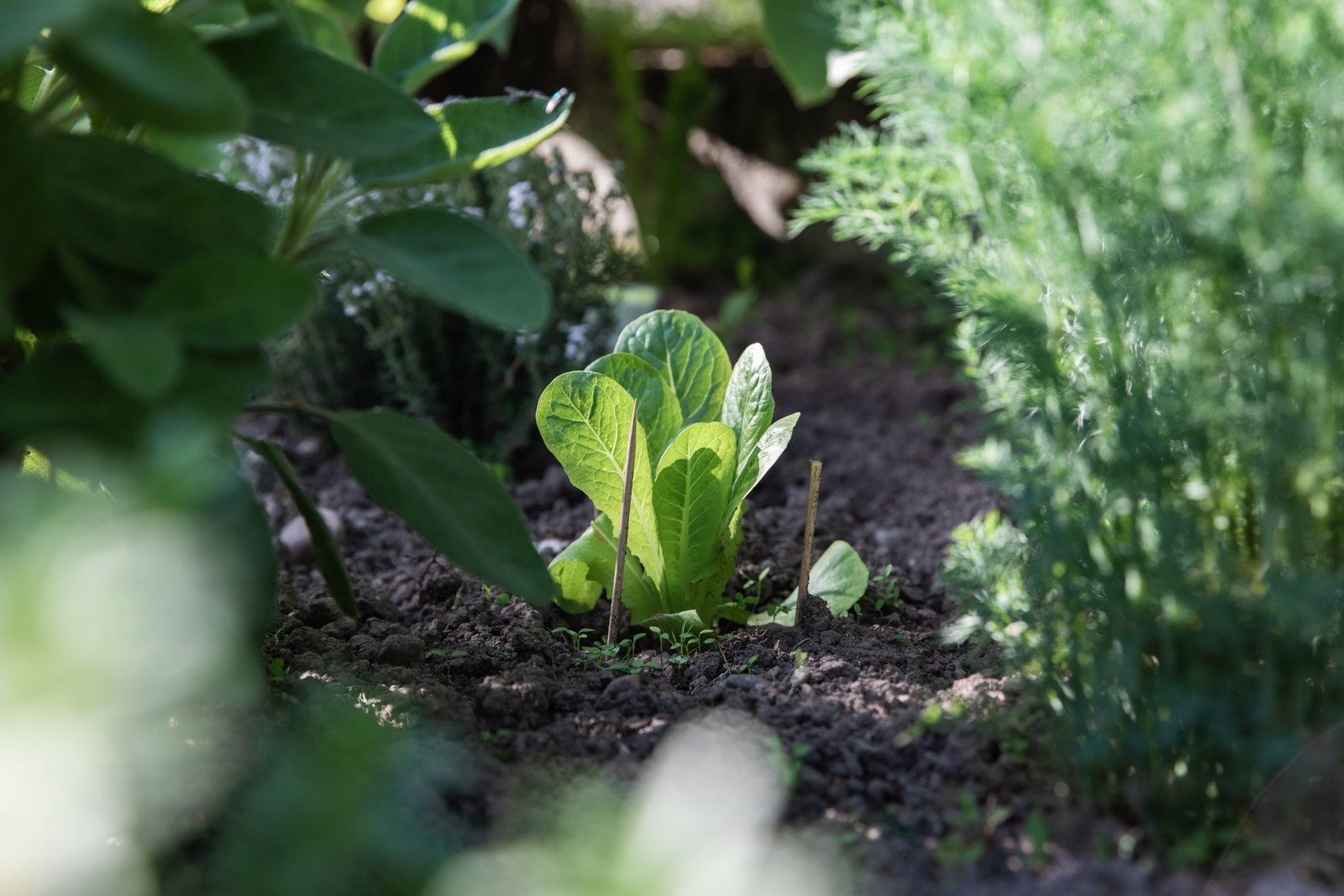In the world of gardening, there’s a timeless technique that has been practiced for centuries, enriching the soil and fostering healthy growth while reducing the need for chemical pesticides and fertilizers. This practice is known as companion planting, a method where specific plants are strategically placed near each other to create a symbiotic relationship that benefits both growth and overall garden health.
The Roots of Companion Planting
The concept of companion planting has its roots in traditional agricultural practices, where indigenous communities and ancient cultures observed the interactions between plants and learned to harness their beneficial effects. Native Americans, for instance, practiced the Three Sisters method, planting corn, beans, and squash together. The corn provided support for the beans to climb, while the beans added nitrogen to the soil, benefiting all three plants, and the sprawling squash leaves acted as a natural mulch, reducing weed growth and water loss.
Principles of Companion Planting
Companion planting involves understanding which plants support each other and which ones might hinder growth due to allelopathy – the ability of a plant to release chemicals that can either inhibit or enhance the growth of other plants.
Complementary Nutrient Needs: Some plants have complementary nutrient needs. For instance, nitrogen-fixing plants, like legumes, help enrich the soil by converting atmospheric nitrogen into a form plants can use. These are often planted alongside heavy feeders like corn or tomatoes.
Natural Pest Control: Certain plant combinations can repel pests. Marigolds, for instance, release chemicals that deter many harmful insects. Planting them near tomatoes or peppers can help protect these crops.
Attracting Beneficial Insects: Flowers like calendula, borage, and dill attract beneficial insects like pollinators and predators of garden pests, creating a balanced ecosystem.
Spatial Utilization: Tall plants can provide shade for smaller, more sun-sensitive varieties, while sprawling vines can cover the soil, suppressing weeds and retaining moisture.
Masking Scents: Some strong-smelling plants can mask the scents of more vulnerable ones, confusing pests that rely on scent to locate their hosts.
Popular Companion Planting Examples
Tomatoes and Basil: Basil repels insects harmful to tomatoes while enhancing their flavor.
Carrots and Onions: Onions deter pests that can damage carrots.
Cucumbers and Sunflowers: Sunflowers provide shade for cucumbers while attracting pollinators.
Lettuce and Tall Flowers: The tall flowers provide shade for lettuce, preventing it from bolting in hot weather.
Getting Started with Companion Planting
Begin by researching which plants complement each other in your climate and soil conditions. Observe the growth habits, nutrient requirements, and susceptibility to pests of each plant. Draw a garden plan that incorporates companion planting principles, ensuring you optimize the space and benefits.
Companion planting isn’t a one-size-fits-all solution, as variations in climate, soil, and local pests can affect results. It requires patience and experimentation to find the combinations that work best for your garden.
In a world where sustainable gardening practices are becoming more crucial, companion planting stands out as an environmentally friendly and effective method. By embracing the art of companion planting, gardeners not only achieve better yields but also create balanced ecosystems that nurture plants and reduce the need for external interventions.
Whether you’re a seasoned gardener or just starting out, exploring companion planting can add a new layer of complexity and excitement to your gardening journey.








Leave a Reply